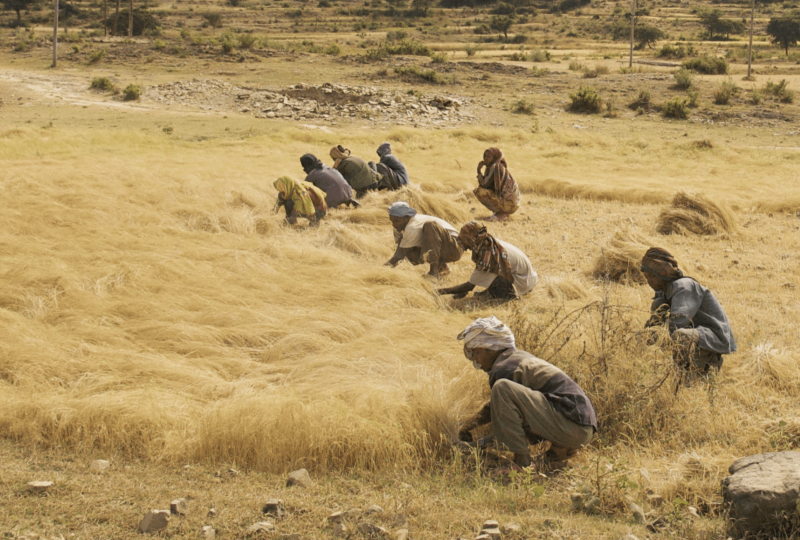The 21st century is said to be the century of biology and ecology. Thus, for Ethiopia, as one of the globe’s top 50 centers of biodiversity, where better to capitalize on than in understanding and developing its crop and animal varieties and fulfill its long-held potential of being Africa’s breadbasket.
…
Despite these impressive records, our agricultural system stayed firmly rooted in its ancient practices …. As a result, Ethiopia remains a net importer of crops both for human consumption and for its expanding industries ….
…
Arguably the most unhelpful effort on part of the Ethiopian government in the last decade has been the introduction of the Biosafety Proclamation No. 655/2009. It is possible that this proclamation was enacted as a genuine effort to protect the local farmers and the country’s agriculture sector …. against potential fallouts from untended consequences of releasing GM crops.
…
What Ethiopia urgently needs is a dynamic regulatory system and strong scientific capacity for the evaluation, authorization, and monitoring of imported GM crops. It also needs to rebuild and expand its capability for fundamental research with the aim of developing local GM species using state-of-the-art methodology.































